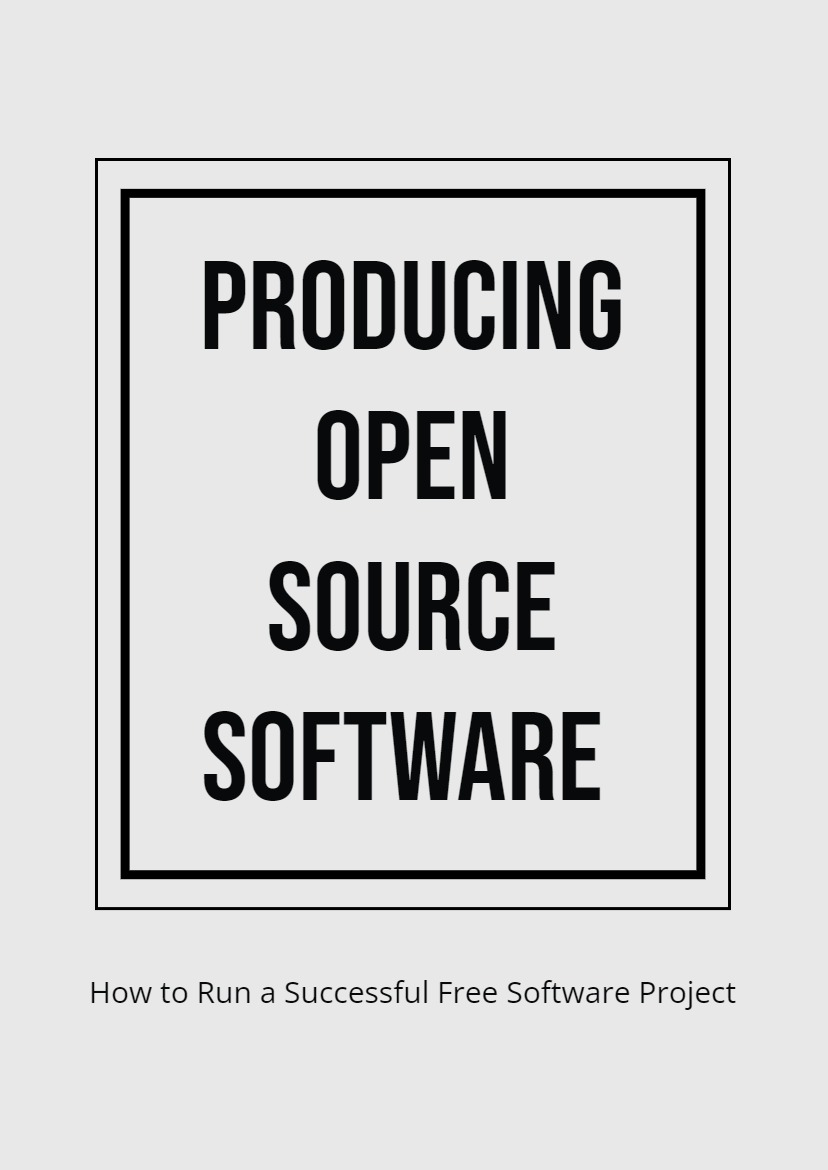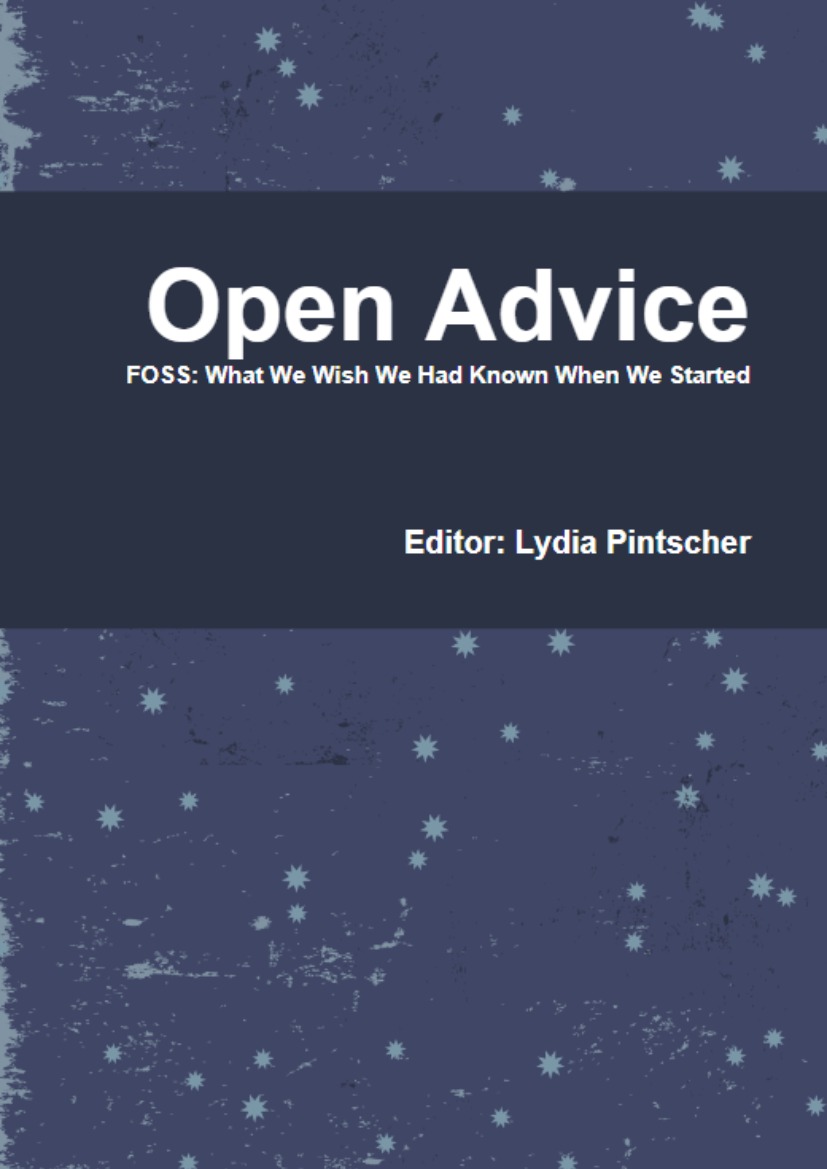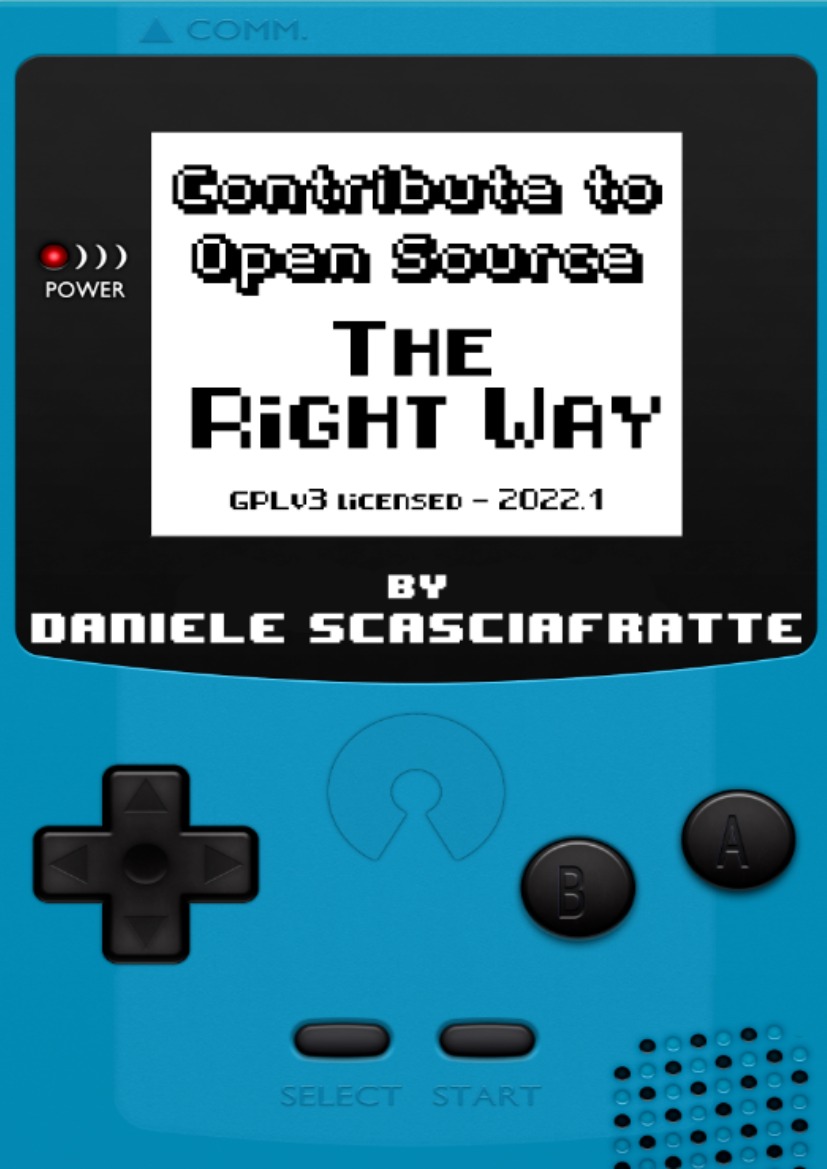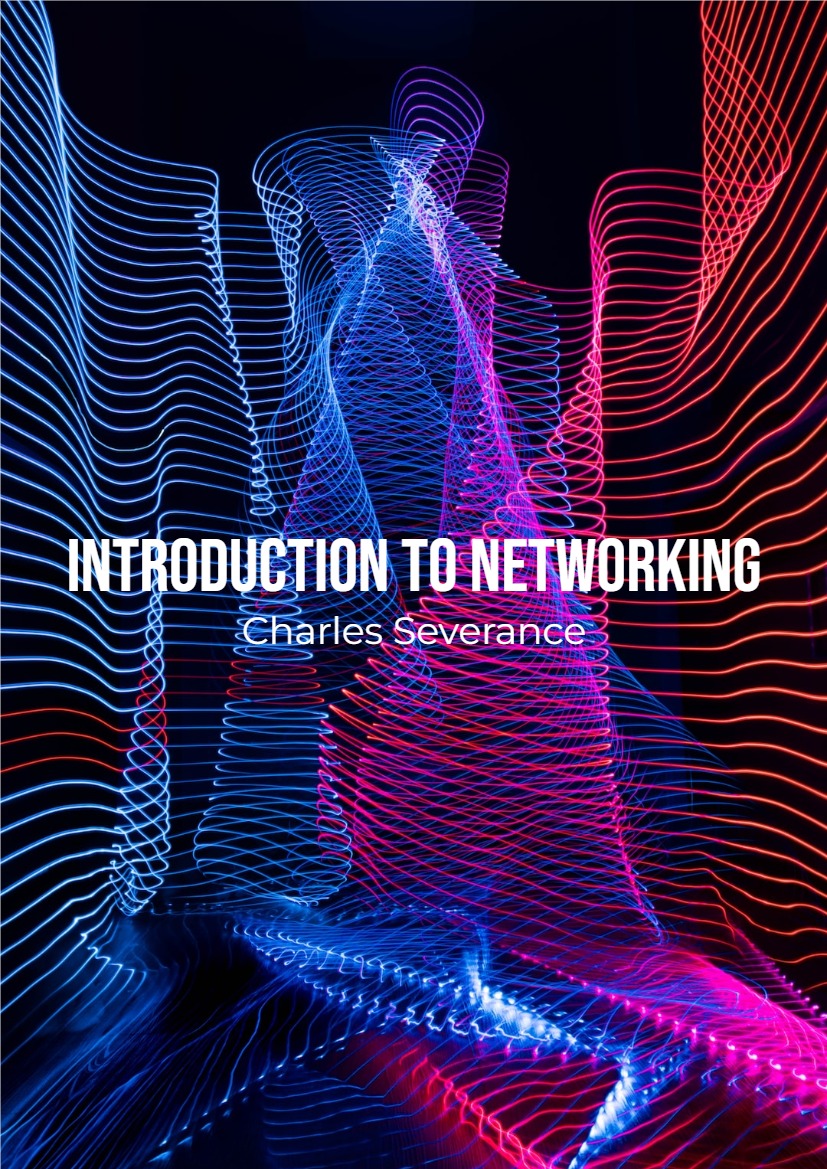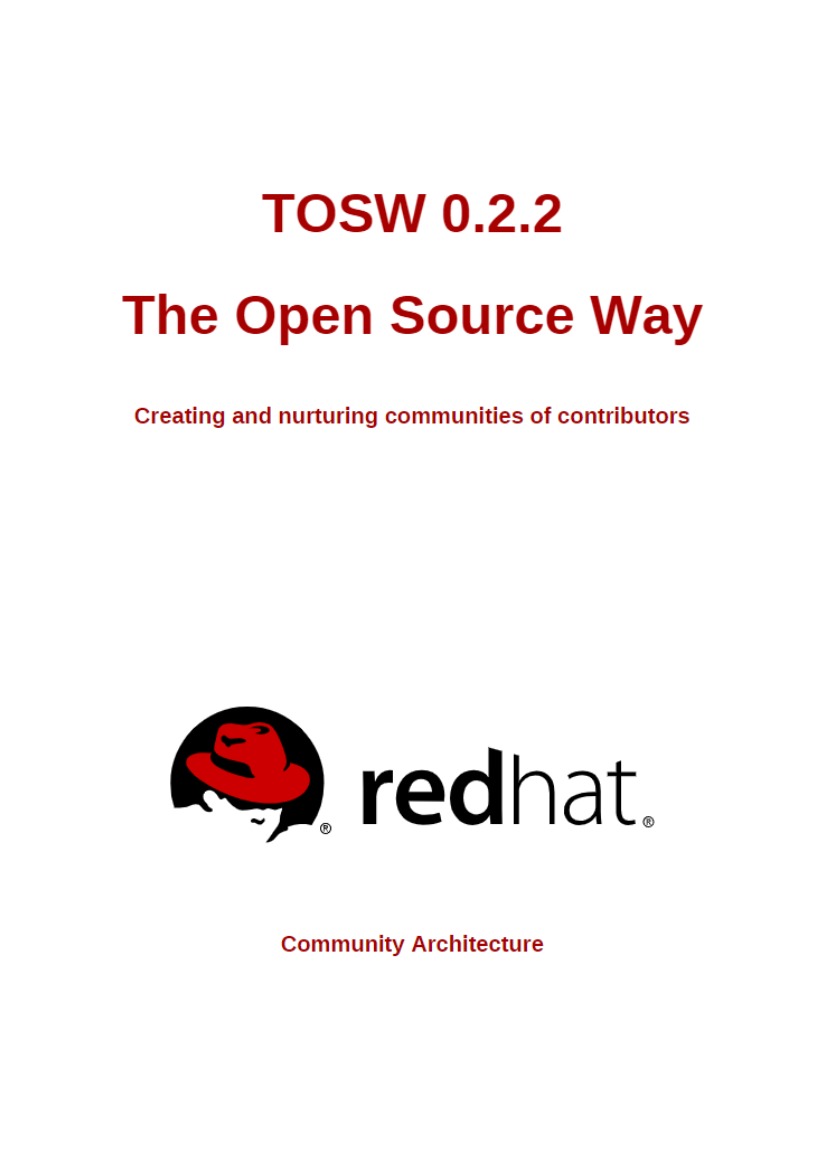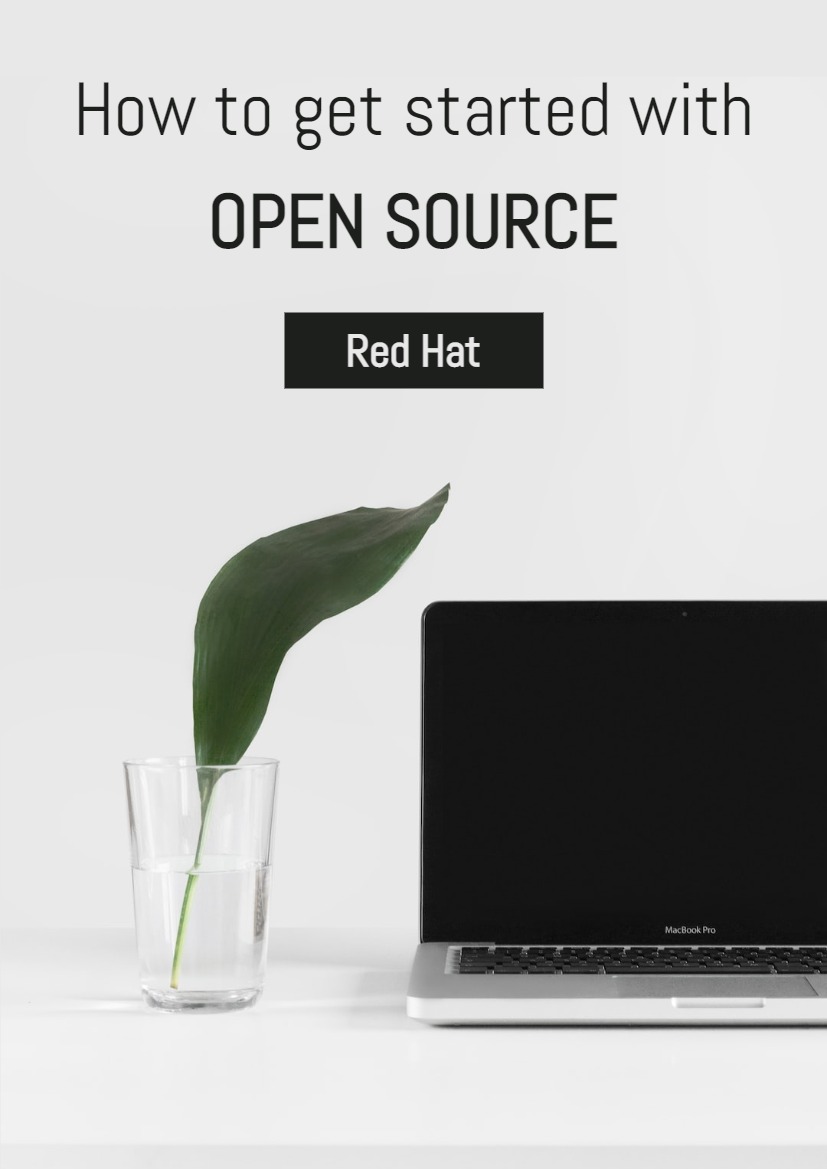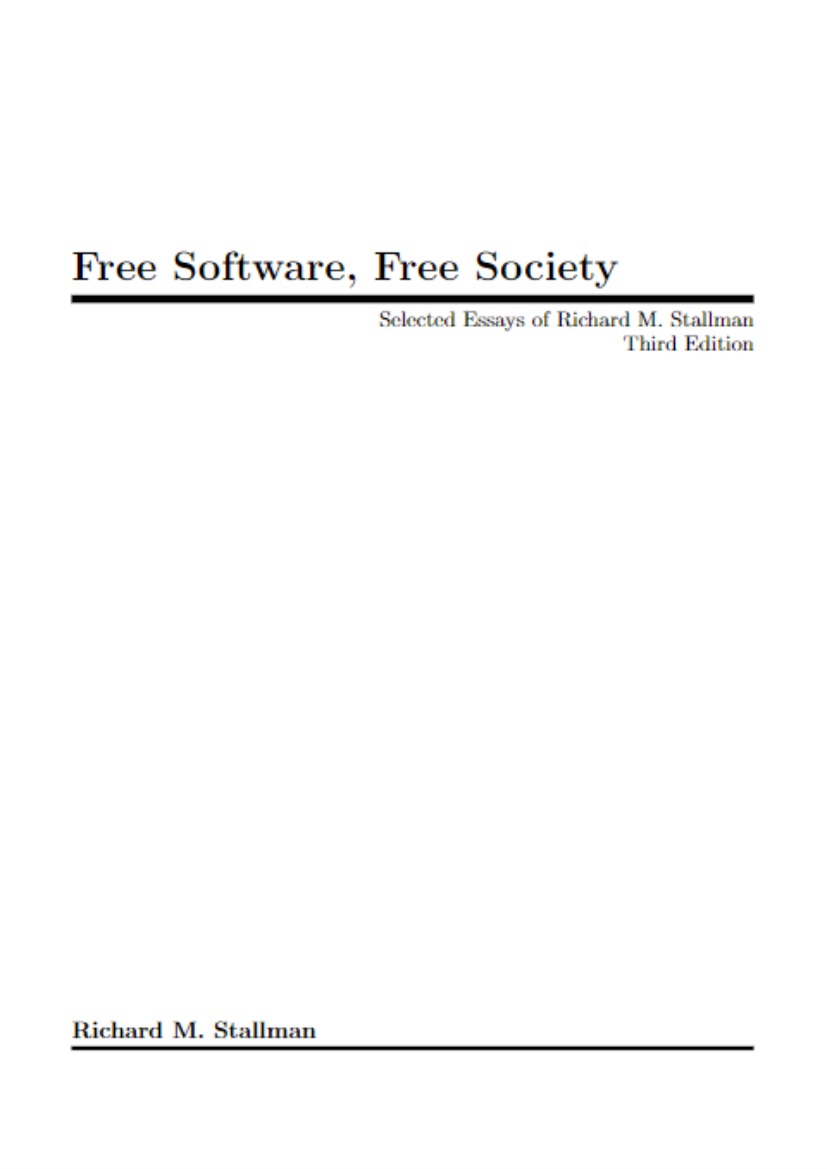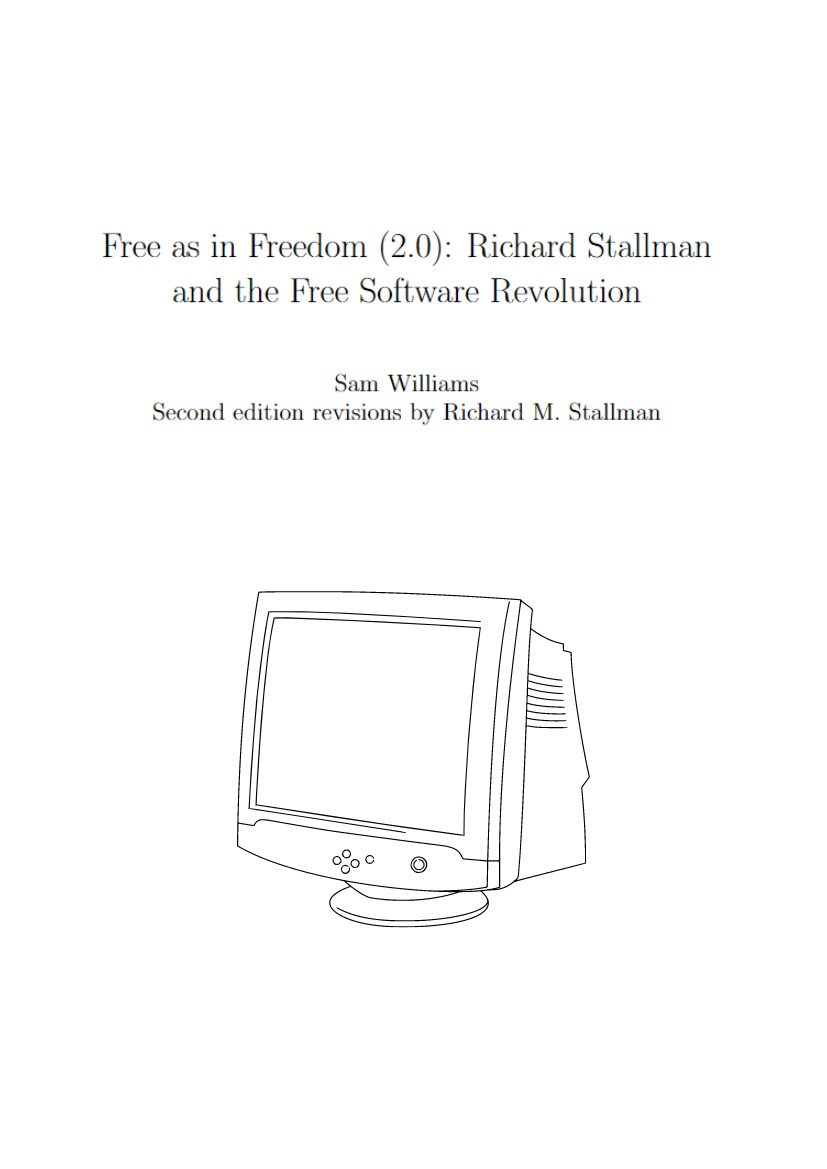Chapter 1. Introduction
Free software — open source software — has become the backbone of modern information technology. It runs on your phone, on your laptop and desktop computers, and in embedded microcontrollers for household appliances, automobiles, industrial machinery and countless other devices that we too often forget even have software. Open source is especially prevalent on the servers that provide online services on the Internet. Every time you send an email, visit a web site, or call up some information on your smartphone, a significant portion of the activity is handled by open source software.
Yet it is also largely invisible, even to many of the people who work in technology. Open source’s nature is to fade into the background and go unnoticed except by those whose work touches it directly. It is the oxygen of computing. We all breathe, but few of us stop to think about where the air comes from.
If you’ve read this far, though, you’re already one of the people who wonders where the oxygen comes from, and probably want to create some yourself.
This book will examine not only how to do open source right, but how to do it wrong, so you can recognize and correct problems early. My hope is that after reading it, you will have a repertory of techniques not just for avoiding common pitfalls, but for dealing with the growth and maintenance of a successful project. Success is not a zero-sum game, and this book is not about winning or getting ahead of the competition. Indeed, an important part of running an open source project is working smoothly with other, related projects. In the long run, every successful project contributes to the well-being of the overall, worldwide body of free software.
It would be tempting to say that when free software projects fail, they do so for the same sorts of reasons proprietary software projects do. Certainly, free software has no monopoly on unrealistic requirements, vague specifications, poor staff management, ignoring user feedback, or any of the other hobgoblins already well known to the software industry. There is a huge body of writing on these topics, and I will try not to duplicate it in this book. Instead, I will attempt to describe the problems peculiar to free software. When a free software project runs aground, it is often because the participants did not appreciate the unique problems of open source software development, even though they might be quite well-prepared for the familiar difficulties that afflict software development generally.
One of the most common mistakes is unrealistic expectations about the benefits of open source itself. An open license does not guarantee that hordes of active developers will suddenly devote their time to your project, nor does open-sourcing a troubled project automatically cure its ills. In fact, quite the opposite: opening up a project can add whole new sets of complexities, and cost more in the short term than simply keeping it in-house.
Opening up means arranging the code to be comprehensible to complete strangers, writing development documentation, and setting discussion forums and other collaboration tools (this is discussed in more detail in Chapter 3, Technical Infrastructure [30]).
All of this is work, and is pure overhead at first. If any interested developers do show up, there is the added burden of answering their questions for a while before seeing any benefit from their presence. As developer Jamie Zawinski said about the troubled early days of the Mozilla project:
Open source does work, but it is most definitely not a panacea. If there’s a cautionary tale here, it is that you can’t take a dying project, sprinkle it with the magic pixie dust of “open source,” and have everything magically work out. Software is hard. The issues aren’t that simple.
(from https://www.jwz.org/gruntle/nomo.html)
